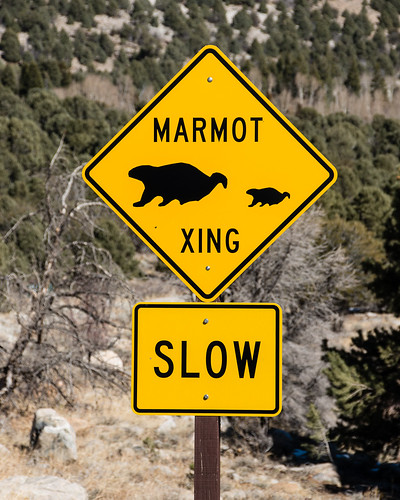Vehicles hit an estimated 1-2 million animals every year in the United States – and that is only reported collisions. In addition, roads fragment wildlife habitat, of particular concern for migratory animals or reptiles and amphibians that move annually from hibernation to breeding sites.
Saskatoon’s Northeast Swale
The Northeast Swale Watchers are very concerned about the number of road crossings that are planned within the Northeast Swale. They had hoped to stop new roads from being built but have begun to feel that they are inevitable and are instead focusing their energy on mitigating their impact.
“If they are going to build this thing (Saskatoon Freeway), you have to consider optimal design for wildlife,” says Louise Jones.
At the February 3, 2017, meeting of the board of the Meewasin Valley Authority the application by Graham Commuter Partners to construct the new McOrmond Drive and related stormwater infrastructure through the Northeast Swale was approved subject to a number of provisions, including:
- Third party ecological monitor on site once per day when work is taking place – weekly reports submitted to Meewasin
- Submission of wildlife movement design
- Submission of a landscape restoration plan and specifications including establishment and long term management and interim landscape/erosion plan
- Monitoring of water quality and quantity entering the NE Swale at all outlet points
It will be extremely interesting to see the company’s submission on wildlife movement design. One can only hope it will consider some of the following measures that have proven successful elsewhere.
Overpasses, Underpasses & Fences
Banff National Park has a total of 44 wildlife crossings (6 overpasses and 38 underpasses) and 82 km of highway fencing. 152,514 animals from 11 different species have used the crossings in the past 17 years and wildlife fatalities have dropped by over 80%.
The People’s Way, a 56-mile section of US Highway 93 North in Montana “represents the most extensive wildlife-sensitive highway design effort in the United States.” It includes 41 fish and wildlife crossing structures, 18 miles of fencing, 16 jump-outs, and numerous wildlife crossing guards. Over 53,600 wildlife uses by 30 species were documented between 2010 and 2012.
Wildlife Detection Systems
The BC Ministry of Transportation is testing two wildlife detection systems to prevent elk and deer collisions between Cranbrook and the Alberta border. The system will use radar and thermal cameras to trigger flashing warning signs when large animals approach the highway.
Road Closed for Egret Hatchlings
Both Great and Snowy Egrets call Google’s Mountain View campus home. Every year they return to raise their young in the noisy Shorebird Way colony. Since 2005, a section of the road is closed to cars during breeding season to ensure that hatchlings that fall out of the nest aren’t run over. In addition, Google doesn’t use poison to kill rodents (a favorite egret snack), and provides financial support to local groups that monitor the egret colonies.
Further Information
Rise in Roadkill Requires New Solutions
What Can Highway Managers Do?
10 Cool Wildlife Crossings (from crabs, toads, and salamanders to wild boar and elephants)
Ecology at Google Brings Holistic Design to our Outdoor Environments


